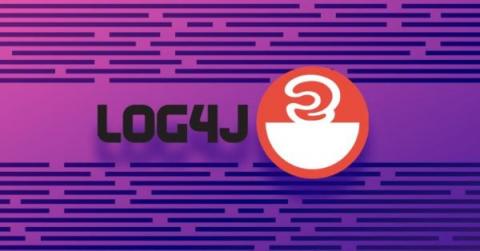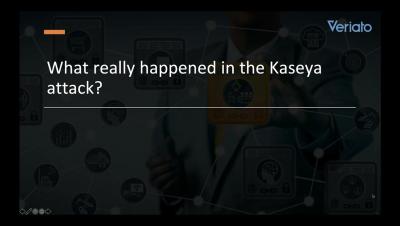Security | Threat Detection | Cyberattacks | DevSecOps | Compliance
Supply Chain
FTC highlights the importance of securing Log4j and software supply chain
Earlier this week, the FTC issued a warning to companies regarding the Log4j vulnerability. Given the rampant exploitation of the recently discovered vulnerabilities in this ubiquitous open source logging package, it’s encouraging to see the agency take this rare step, beginning to form a firm stance on software supply chain security. Although this increased scrutiny from the FTC may at first seem daunting, violations can be remediated with the right practices.
Subscription Payment Models Adopted by Car Manufacturers as a Precursor to Supply-Chain Attacks
How to cyber security: Software supply chain risk management
Q3 2021 Threat Landscape Ransomware in the Supply Chain
In a pattern of continued growth across the third quarter of 2021, ransomware remains the dominant threat type, more than doubling since 2021 Q1, fuelled by an exponential increase in the initial access broker marketplace. Incidents of unauthorized access and the risk of insider threats also increased, but to a far lesser extent, accounting for roughly 20% of incidents in the same period.
AppSec Decoded: A proactive approach to building trust in your software supply chain | Synopsys
Traditional Supply Chain vs. Digital Supply Chain
Effective software security activities for managing supply chain risks
BSIMM12 reports increased attention on software security due to recent supply chain disruptions. Get recommendations for managing supply chain risks. As the global pandemic disrupted the way business is conducted, the workforce became more dispersed and moved far from the traditional secure enterprise environments.
SecurityScorecard Announces Plan to Train & Certify 25,000 Supply Chain Risk Professionals
Cybersecurity threats are on the rise. Over the past year, we’ve observed a 148% increase in ransomware attacks and an 85% increase in phishing attacks targeting remote users. Worse still, these attacks are growing increasingly sophisticated, with threat actors using eight or more vectors in the same attack, often deploying multiple vectors within minutes of one another.









